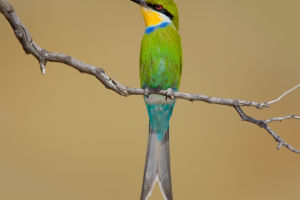Hello, Lykkers! Have you ever wondered if your feline friend is truly getting the best diet and lifestyle?
Let's explore how we can create a balanced, joyful routine that keeps our cats healthy, happy, and thriving.
Understanding Your Cat's Nutritional Needs
Cats are obligate carnivores, which means their bodies require specific nutrients found only in animal-based proteins. Essential nutrients like taurine, arachidonic acid, and certain vitamins are vital for their health. High-quality cat food provides the right mix of proteins, fats, and other nutrients needed to support energy levels, coat health, and immune function.
To make sure your cat is getting a balanced diet, choose foods with high-quality protein sources as the primary ingredient, avoiding fillers like corn and wheat that don't provide much nutritional value. Dry food, wet food, or a mix of both can work well, depending on your cat's preferences and needs.
Creating a Feeding Routine
A consistent feeding routine not only keeps your cat's digestive system on track but also helps create a sense of security. Cats love routine, and knowing that their meals will arrive at set times each day provides comfort. Try feeding your cat at the same times each morning and evening.
Portion control is crucial to prevent overeating, especially for indoor cats who may be less active. Measure out their food based on the packaging recommendations and adjust as needed to keep them at a healthy weight. Treats are fine in moderation but should only make up about 10% of their daily calorie intake.
Hydration and Water Intake
Cats often don't drink enough water, so providing adequate hydration is key. Wet food can be a great way to supplement your cat's water intake, as it contains more moisture than dry kibble. For cats that prefer dry food, make sure they have fresh water available at all times, and consider a cat water fountain—many cats find moving water more enticing.
Proper hydration supports kidney health, especially for older cats, so it's essential to keep track of your cat's water consumption.
Maintaining an Active Lifestyle
Physical activity is just as important for cats as it is for us. Playtime helps prevent obesity, strengthens muscles, and provides mental stimulation. Try incorporating interactive toys like laser pointers, feather wands, or puzzle feeders to engage your cat's natural hunting instincts. Just 15-20 minutes of play each day can make a big difference in their overall well-being.
If you have an indoor cat, creating a stimulating environment can encourage activity. Cat trees, scratching posts, and window perches give them spaces to climb, scratch, and observe the outside world.
Managing Stress and Comfort
Cats can be sensitive to changes, so maintaining a calm environment helps reduce stress. Avoid sudden changes in their routine, food, or living space, as this can lead to anxiety. Providing cozy spots for them to hide, like cat beds or blankets, can also make them feel secure.
Regular grooming and gentle handling also foster trust and relaxation. Brushing their fur helps reduce shedding, and trimming their nails regularly keeps them comfortable.
Creating a Routine for Happiness
Ultimately, a balanced diet and routine provide the foundation for a healthy, happy cat. From nutritious meals and regular play to a calm, consistent environment, these small steps make a big difference in your cat's quality of life. When we care for our cats' physical and emotional needs, we help them live their best lives by our side.


